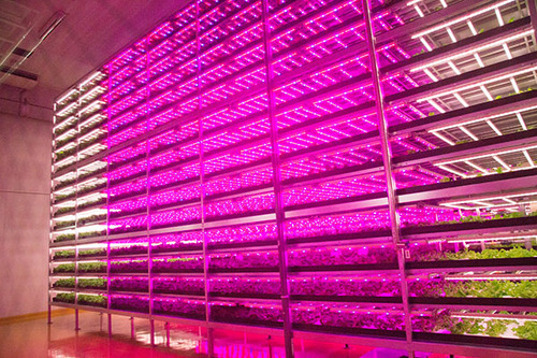

If it’s an indoor production using grow lights, there would be no light pollution outside:

More traditional greenhouses with transparent ceilings can be operated in a way that mitigates light pollution.
It’s a relevant concern, but not a dealbreaker.



Yes! And even if you can’t grow outdoors, there are things you can plant indoors, including simple herbs.